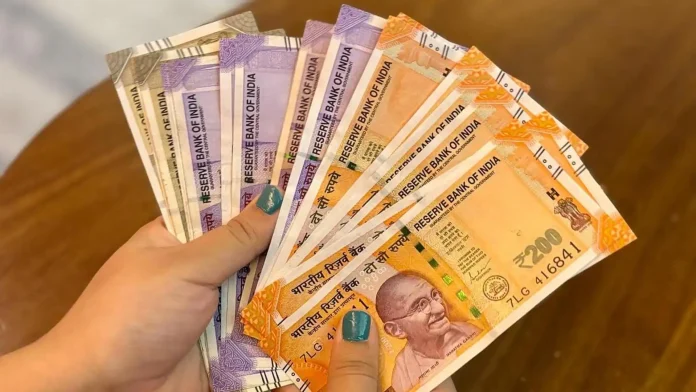The Indian rupee has recently depreciated to an all-time low of ₹87.96 against the U.S. dollar, signaling concerns for the Indian economy. This decline is driven by a combination of global economic factors, domestic challenges, and policy decisions. In this article, we explore the reasons behind this fall, its implications, and what the future holds for the rupee.
Why is the Rupee Falling?
1. Strengthening of the U.S. Dollar
The U.S. dollar has been gaining strength due to rising interest rates by the Federal Reserve. Higher interest rates in the U.S. attract global investors, leading to capital outflows from emerging markets like India. As a result, the demand for the dollar increases, pushing the rupee lower.
2. Global Economic Uncertainty
Ongoing geopolitical tensions, fluctuating oil prices, and trade restrictions have contributed to global economic instability. Investors seek safe-haven assets like the U.S. dollar during uncertain times, causing a decline in currencies of emerging economies, including India.
3. India’s Trade Deficit and Import Costs
India is a major importer of crude oil, and a weaker rupee increases the cost of imports. Higher import bills widen the trade deficit, which negatively impacts foreign exchange reserves and puts further pressure on the currency.
4. Foreign Investment Outflows
Foreign investors have been withdrawing funds from Indian stock and bond markets, further weakening the rupee. Uncertainty in global financial markets, along with concerns over India’s economic growth, has led to reduced foreign capital inflows.
Impact of the Rupee’s Depreciation
1. Rising Inflation
A weaker rupee makes imported goods more expensive, leading to inflationary pressures. Essential commodities such as fuel, electronics, and industrial raw materials become costlier, affecting both consumers and businesses.
2. Increased Cost of Foreign Education & Travel
For Indian students studying abroad or those traveling internationally, a weaker rupee means higher expenses. Tuition fees, accommodation costs, and daily expenses in foreign currencies will require more rupees, making overseas education and travel more expensive.
3. Impact on Indian Businesses
- Exporters Benefit: Indian exporters, especially in sectors like IT, textiles, and pharmaceuticals, gain from a weaker rupee as their goods become more competitive in global markets.
- Importers Struggle: Industries that rely on imported raw materials, such as automobile manufacturing and electronics, face rising costs, which may be passed on to consumers.
4. Burden on Foreign Debt Repayments
Indian companies and the government that have borrowed in foreign currencies will have to repay loans at a higher cost. This increases financial strain and could impact economic stability.
What is the RBI Doing to Control the Fall?
The Reserve Bank of India (RBI) has been taking measures to stabilize the rupee:
- Market Interventions: The RBI sells U.S. dollars from its foreign exchange reserves to reduce excess demand and support the rupee.
- Monetary Policy Adjustments: The central bank may adjust interest rates to attract foreign investors and control inflation.
- Encouraging Foreign Inflows: Policy changes to attract foreign direct investment (FDI) and foreign institutional investment (FII) could help stabilize the rupee.
Future Outlook: Will the Rupee Recover?
The rupee’s future movement will depend on several factors:
- Global Economic Trends: If the U.S. Federal Reserve slows down interest rate hikes, emerging market currencies, including the rupee, may recover.
- Government and RBI Policies: Effective policy measures, such as boosting exports and increasing forex reserves, could provide long-term stability.
- Domestic Economic Growth: Stronger GDP growth, improved investor confidence, and controlled inflation will support the rupee’s recovery.
While the current depreciation is concerning, India’s strong economic fundamentals and strategic policy interventions may help stabilize the rupee in the long run. Businesses and individuals should stay prepared for currency fluctuations and plan their financial decisions accordingly.




